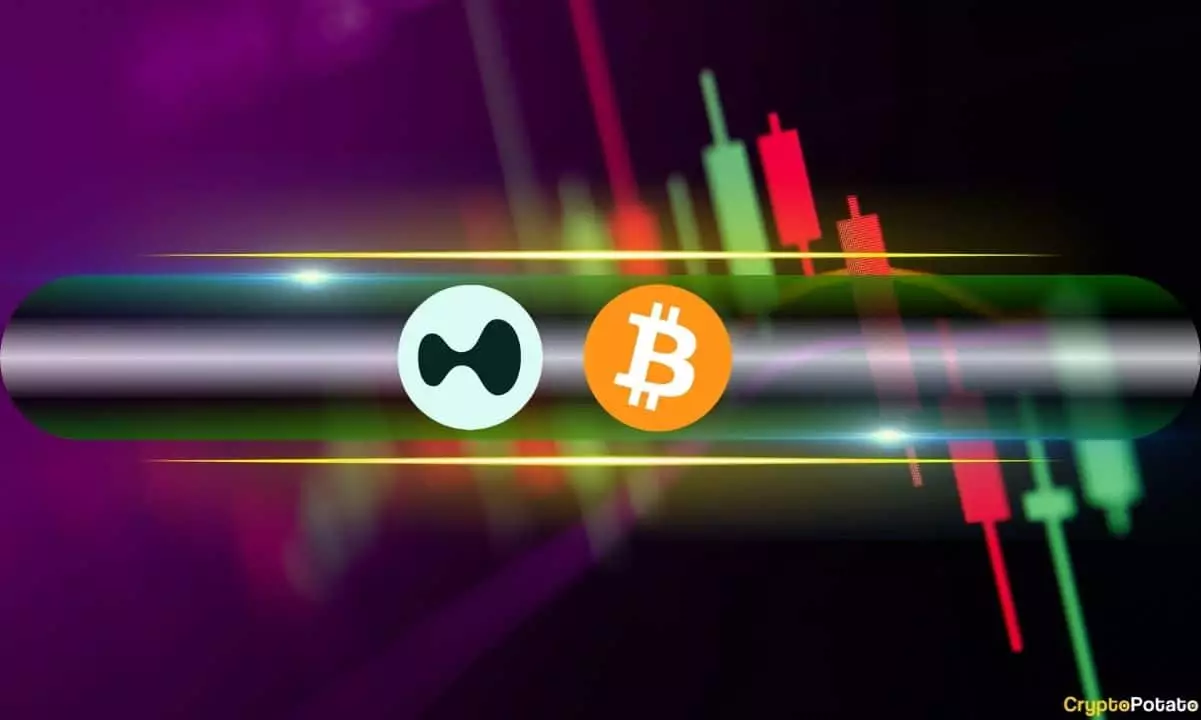Despite its reputation as a digital gold, Bitcoin continues to exhibit unpredictable behavior that defies the expectations of even the most seasoned investors. Its recent attempt at breaking the $110,000 barrier was fleeting, a reminder that the crypto landscape remains highly susceptible to sudden shifts. The price surging to nearly $110,000 was more a testament to short-term trading psychology than genuine momentum, only to be swiftly pulled back by over two thousand dollars within 24 hours. This kind of volatility exposes a fundamental flaw: Bitcoin remains a speculative asset, driven more by traders’ whims than intrinsic value or sustainable growth. The pattern of quick recoveries and subsequent dips reveals a market still lacking true stability, and investors should remain cautious, questioning whether these peaks are authentic bullish signals or mere echoes of market noise.
Lack of Market Maturity and Overreliance on Speculation
The broader cryptocurrency market reflects this instability, with many altcoins in the red today, including veterans like DOGE, LINK, and even promising contenders like HYPE. While minor fluctuations are normal in emerging markets, the extent and rhythm of these swings indicate a market still far from maturity. The entire landscape resembles a volatile ocean, whipped into waves by speculative fervor, inconsistent adoption, and external economic factors. The drop from $108,000 to $105,000 and subsequent rebound exemplify how traders are quick to buy the dip yet equally rapid to sell on any sign of trouble. This erratic behavior discourages long-term investors who seek stability and confidence. Instead, it favors day traders and short-term opportunists, perpetuating a cycle of volatility that hampers genuine market growth.
The Illusory Promise of Market Dominance
While Bitcoin’s market cap briefly slid to $2.15 trillion, its dominance — hovering around 63% — provides a misleading image of strength. Many see Bitcoin as the leader for a reason, yet this dominance is increasingly fragile. Altcoins, despite today’s setbacks, have the potential to carve out niches of innovation and increased utility. The current dominance stance might inspire some to believe in Bitcoin’s capped supremacy, but in reality, it signals the market’s ongoing fragmentation. The sudden declines among altcoins like FARTCOIN, SPX, and TIA, contrasted with isolated surges such as TKX’s 11%, underscore a landscape driven by fickle investor sentiment rather than fundamental progress. The market cap contraction of around $20 billion within a single day exposes how precarious this dominance truly is—a fragile hierarchy susceptible to swift disruptions.
The False Security of Short-term Gains
The recent upticks and dips create an illusion of resilience, but this pattern often masks deeper vulnerabilities. Short-term traders might see these movements as opportunities, but for those aiming for sustainable returns, they are stark warnings of a market prone to rapid corrections. The crypto ecosystem has yet to prove it can sustain meaningful growth without the specter of correction lurking just around the corner. The overall decline to $3.42 trillion in total market cap reveals that despite occasional positive flashes, the sector remains primarily driven by speculative fervor, not genuine adoption or technological progress. The hope for steady, long-term growth feels increasingly distant amid these constant, unpredictable swings—a harsh reality that center-right liberal perspectives would argue calls for more prudent regulation and mature investment approaches. Until the market matures beyond its addiction to volatility, it remains a high-stakes gamble cloaked in the allure of quick riches.


Leave a Reply